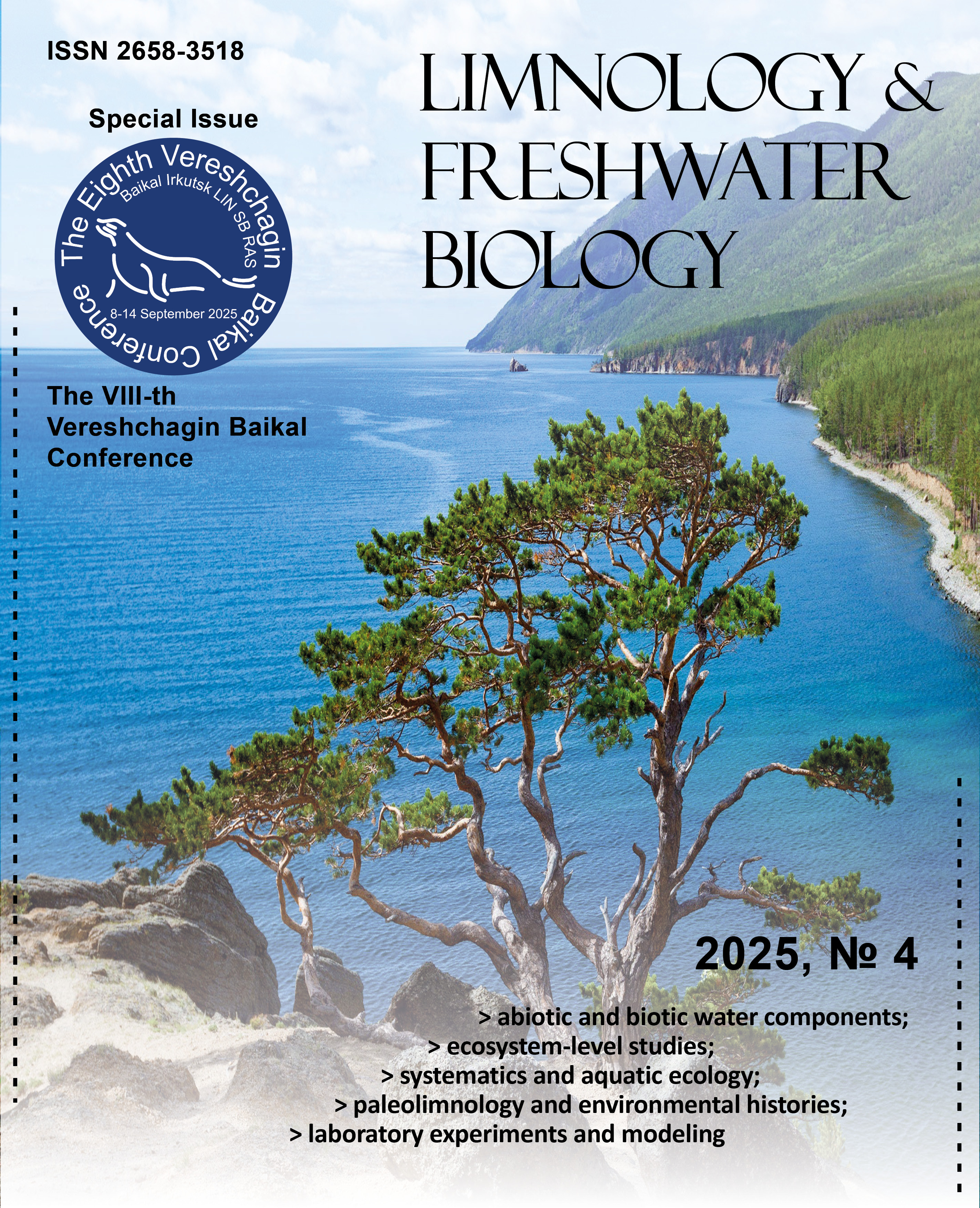The effect of microplastics and co-occurring toxicants on survival and life-history traits of the cladoceran Moina macrocopa
DOI:
https://doi.org/10.31951/2658-3518-2025-A-4-1083Keywords:
microplastics, zooplankton, ecotoxicology, combined pollution, life-history traitsAbstract
This study investigated the effects of microplastics (MPs) of various polymer types—polystyrene, polyvinyl chloride, polyethylene, and polypropylene — with a size range of 2–80 μm on the freshwater cladoceran Moina macrocopa. We conducted acute and chronic toxicity tests, and further examined the ability of MPs to modulate the toxicity of copper, an insecticide (a suspension of thiamethoxam and lambda-cyhalothrin), and diesel fuel. Our results demonstrated that only polystyrene-based MPs induced significant adverse effects, reducing survival (48h LC50 ~73,000 particles/mL) and impairing reproductive performance (chronic effect concentration 10,000 particles/mL). While all MP types were actively ingested by the animals, the effects of polyvinyl chloride, polyethylene, and polypropylene were statistically insignificant. A key finding was the complex and unpredictable nature of MP-toxicant interactions. The combined effect was critically dependent on the specific pollutant, MP polymer type, and the duration of their contact prior to exposure. We observed both antagonistic effects, such as the mitigation of copper toxicity following MP conditioning, and highly variable responses for the other pollutants. The effect concentrations observed in this study are orders of magnitude higher than typical environmental MP levels. This discrepancy underscores the significant uncertainty in extrapolating laboratory results to natural ecosystems and highlights the context-dependent nature of MP impacts. Consequently, realistic ecological risk assessment necessitates further research employing environmentally relevant concentrations and complex mixtures of stressors.
Downloads
Published
Issue
Section
License
Copyright (c) 2025 Limnology and Freshwater Biology

This work is licensed under a Creative Commons Attribution-NonCommercial 4.0 International License.

This work is distributed under the Creative Commons Attribution-NonCommercial 4.0 International License.






